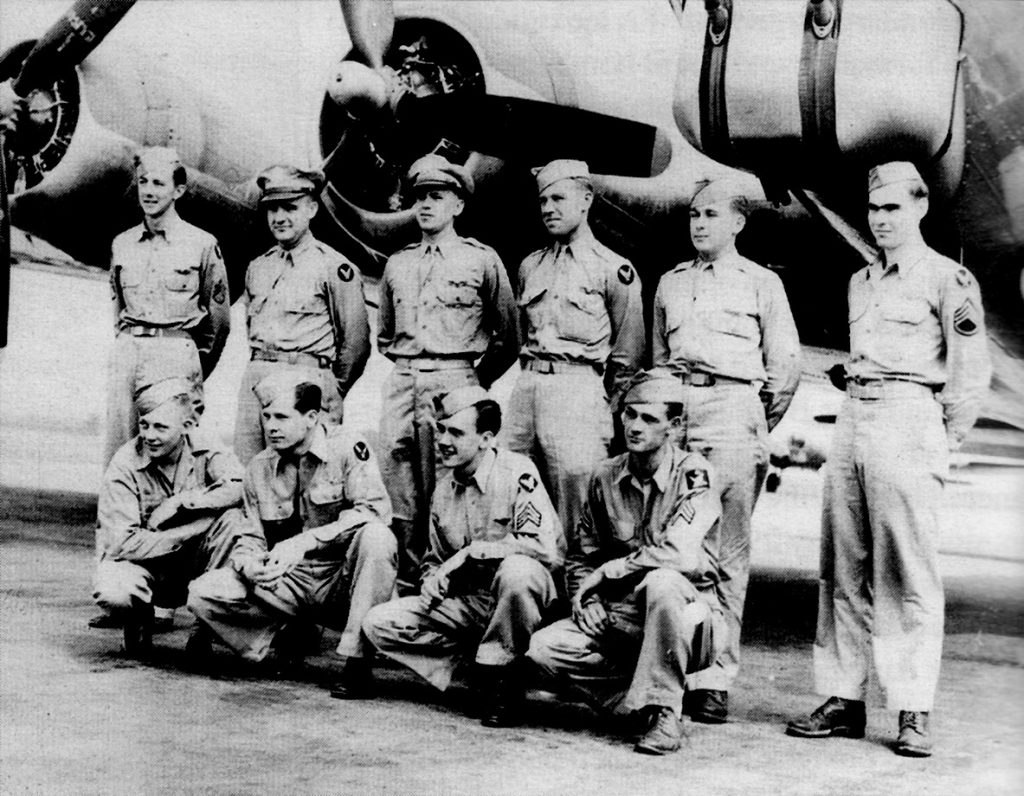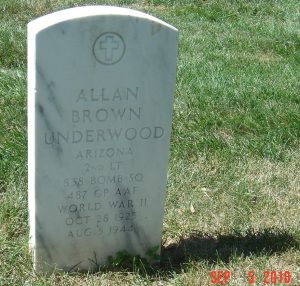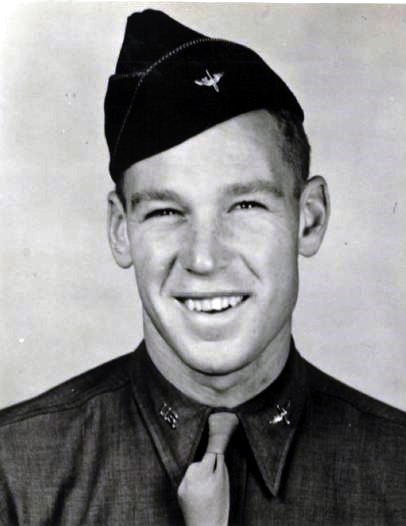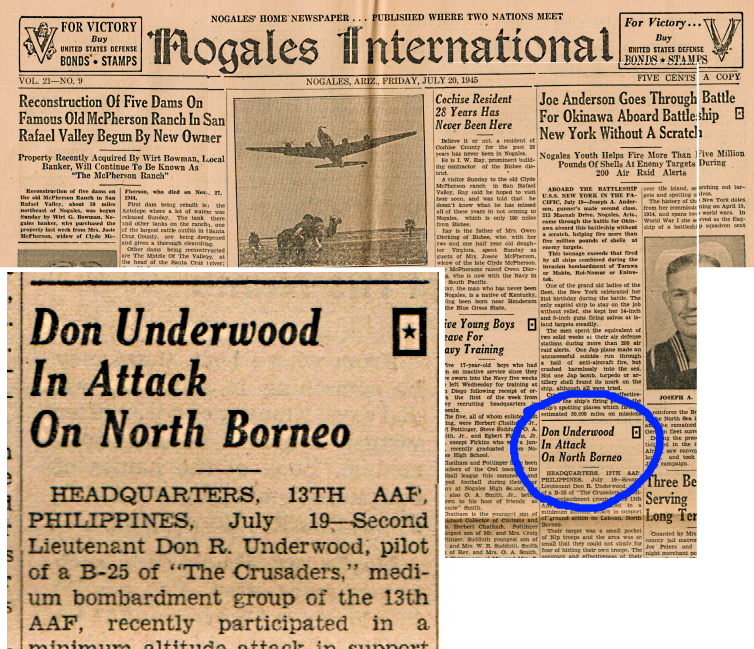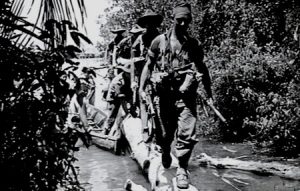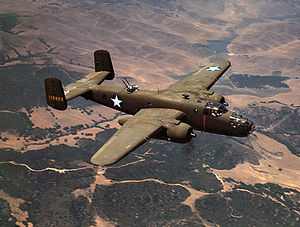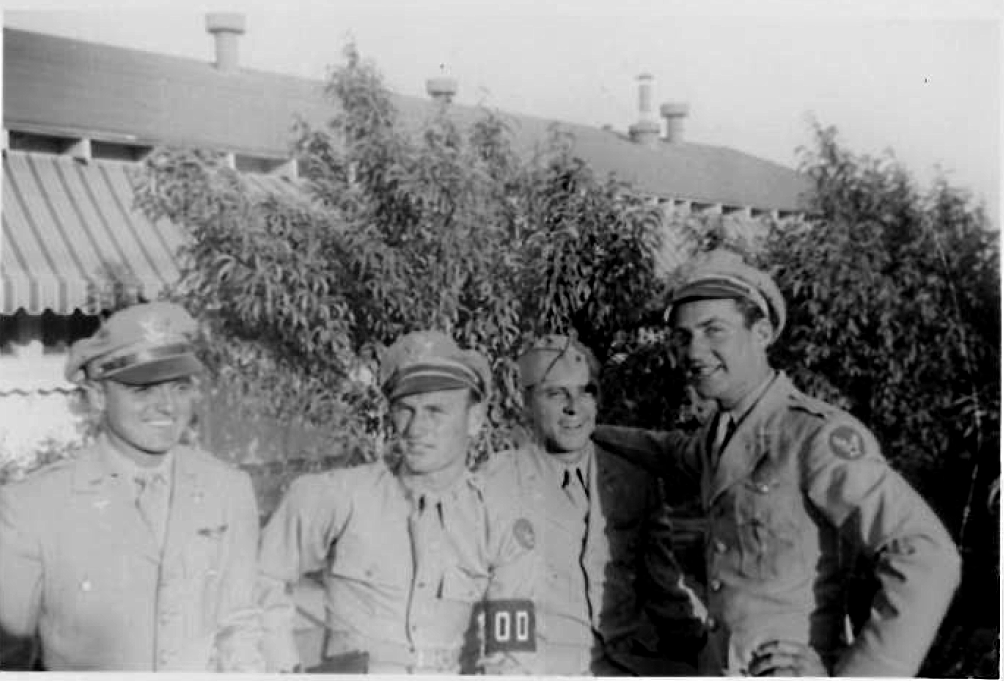
Purely by luck, Don Robert went through flight school with Jack Valenti, and the two kept in touch over the years. (To family: Who has the letters?) For those who haven’t seen the PBS American Experience. Here is a snip from the transcript of the show’s episode on LBJ. The context? LBJ’s historic push to pass the Civil Rights Bill.
Jack Valenti, Special Assistant to the President: And he said to Dick Russell, ‘I want this Civil Rights Bill passed and you nor no one else is going to stand in my way.’ And I remember Richard Russell said to him, he said, ‘Well, Mr. President, you may do it, but I’ll tell you what — it’s going to cost you the South and it will cost you an election.’
While most people will remember Valenti as the head of the Motion Picture Association of America, Wikipedia recounts Valenti’s World War II career:
During World War II, he was a first lieutenant in the United States Army Air Force. Valenti flew 51 combat missions as the pilot-commander of a B-25 medium bomber and received four decorations, including the Distinguished Flying Cross and Air Medal.[1]
What we do know is that DRU was rather proud of the success his wartime colleague had in later life.
